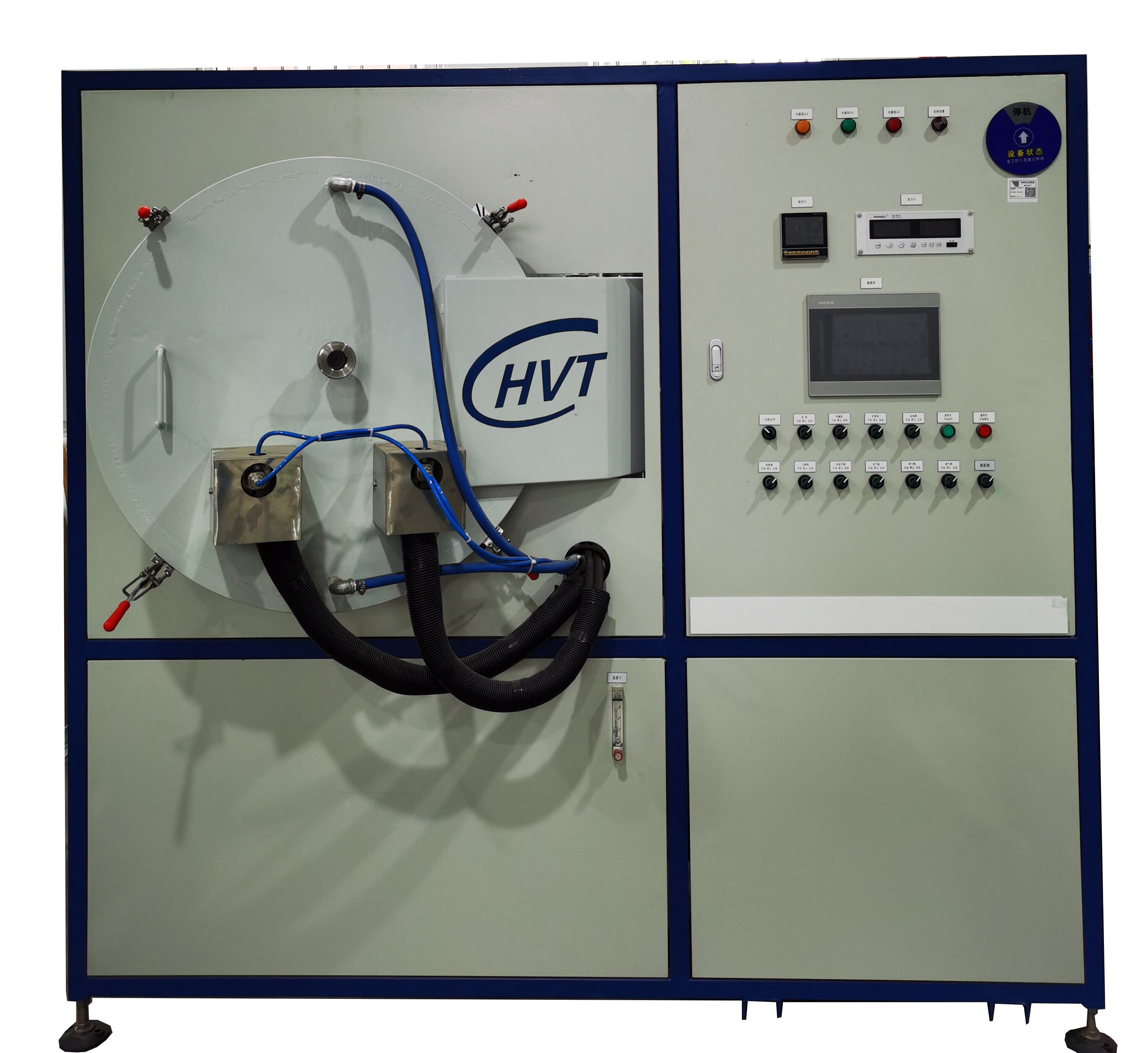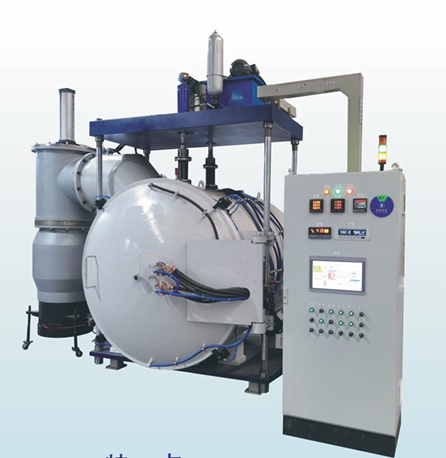Essential Guidelines for Industrial Metal Furnace Care
Metal furnace maintenance stands at the heart of any successful industrial operation. Whether you're running a small foundry or managing a large-scale manufacturing facility, the proper upkeep of your metal furnaces directly impacts production efficiency, workplace safety, and your bottom line. This comprehensive guide will walk you through proven strategies to extend your furnace's lifespan while ensuring optimal performance and safety standards.
The complexity of modern metal furnaces demands a systematic approach to maintenance. From daily inspections to scheduled overhauls, each aspect of metal furnace maintenance plays a crucial role in preventing costly breakdowns and ensuring consistent output quality. Let's explore the essential components of a robust maintenance program that will keep your furnace operating at peak efficiency.
Core Components of Professional Furnace Maintenance
Refractory System Inspection and Care
The refractory system forms the backbone of your metal furnace maintenance routine. Regular inspection of the refractory lining helps identify potential weak spots before they develop into serious issues. Look for signs of wear, cracks, or spalling that could compromise the furnace's integrity. Professional technicians recommend documenting any visible changes in the refractory condition during each inspection.
Implementing a proactive refractory maintenance schedule can significantly extend the life of your furnace. This includes proper heating and cooling cycles, avoiding thermal shock, and maintaining appropriate temperature ranges. When repairs are necessary, always use compatible materials and follow manufacturer specifications for installation and curing times.
Temperature Control Systems and Calibration
Precise temperature control is essential for both product quality and furnace longevity. Regular calibration of thermocouples and temperature monitoring devices ensures accurate readings and optimal energy efficiency. Schedule professional calibration services at least quarterly, and maintain detailed records of all adjustments and readings.
Modern metal furnaces often feature sophisticated control systems that require periodic software updates and hardware maintenance. Establish a relationship with a qualified service provider who understands your specific system's requirements and can provide emergency support when needed.
Preventive Maintenance Strategies
Daily Inspection Protocols
Successful metal furnace maintenance begins with consistent daily inspections. Train operators to perform visual checks of critical components before each shift. This includes examining door seals, watching for unusual sounds or vibrations, and monitoring pressure gauges. Early detection of potential issues can prevent major failures and reduce downtime.
Create a standardized checklist for daily inspections and ensure all operators understand the importance of thorough documentation. Include safety checks of emergency shutdown systems and verify that all safety interlocks are functioning properly. Regular training sessions help maintain high standards and keep safety protocols fresh in everyone's minds.
Scheduled Maintenance Planning
Develop a comprehensive maintenance calendar that accounts for both routine tasks and major service intervals. Schedule preventive maintenance during planned production downtimes to minimize disruption. Include cleaning of combustion systems, inspection of electrical connections, and testing of safety devices in your regular maintenance routine.
Track maintenance activities using digital management systems to ensure no critical tasks are overlooked. This data also helps identify patterns in equipment performance and can inform decisions about replacement or upgrade schedules.

Safety Protocols and Best Practices
Personal Protective Equipment Requirements
Metal furnace maintenance demands strict adherence to safety protocols, starting with proper personal protective equipment (PPE). Ensure all maintenance personnel have access to heat-resistant clothing, face shields, and appropriate gloves. Regular training on PPE use and maintenance helps prevent workplace accidents and promotes a safety-first culture.
Implement a system for regular PPE inspections and replacement schedules. Document any incidents or near-misses related to protective equipment failure and use this information to improve safety measures continually.
Emergency Response Procedures
Establish clear emergency protocols for different scenarios, including power failures, gas leaks, or overheating situations. Train all personnel in emergency shutdown procedures and ensure emergency contact information is readily available. Regular drills help maintain readiness and identify areas for improvement in emergency response plans.
Create detailed documentation of emergency procedures and post them in visible locations near the furnace area. Include step-by-step instructions for various emergency scenarios and ensure all shift supervisors are thoroughly trained in handling critical situations.
Energy Efficiency and Cost Management
Optimization Techniques
Effective metal furnace maintenance includes strategies for optimizing energy consumption. Regular analysis of fuel efficiency helps identify opportunities for improvement. Consider implementing heat recovery systems and exploring modern insulation solutions to reduce energy losses.
Monitor and record energy usage patterns to identify potential issues before they impact efficiency. Use this data to schedule maintenance activities during periods of lower energy costs and to justify investments in efficiency improvements.
Cost-Effective Maintenance Planning
Develop a balanced approach to maintenance spending that considers both immediate needs and long-term cost savings. Keep detailed records of maintenance expenses and analyze them regularly to identify areas where efficiency can be improved. Consider implementing predictive maintenance technologies to optimize resource allocation.
Build relationships with reliable suppliers for replacement parts and maintenance materials. Having a network of trusted vendors ensures quick access to quality components when needed, reducing costly downtime.
Frequently Asked Questions
How often should refractory linings be inspected?
Professional inspection of refractory linings should be conducted at least quarterly, with visual checks performed daily during operation. The frequency may need to be increased based on usage patterns and operating conditions. Any signs of wear or damage should be addressed immediately to prevent further deterioration.
What are the signs of failing temperature control systems?
Common indicators include inconsistent temperature readings, increased energy consumption, product quality issues, and unusual heating patterns. Regular calibration checks and monitoring of control system performance can help identify potential problems before they lead to system failure.
When should a complete furnace overhaul be scheduled?
A complete furnace overhaul typically should be scheduled every 3-5 years, depending on usage intensity and operating conditions. However, this timeline can vary based on maintenance history, performance metrics, and specific manufacturer recommendations. Regular inspections and maintenance records should guide the timing of major overhauls.


